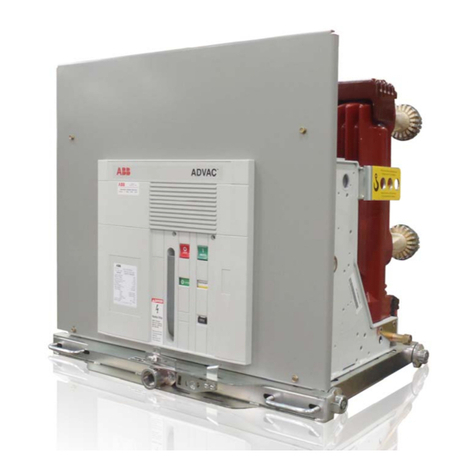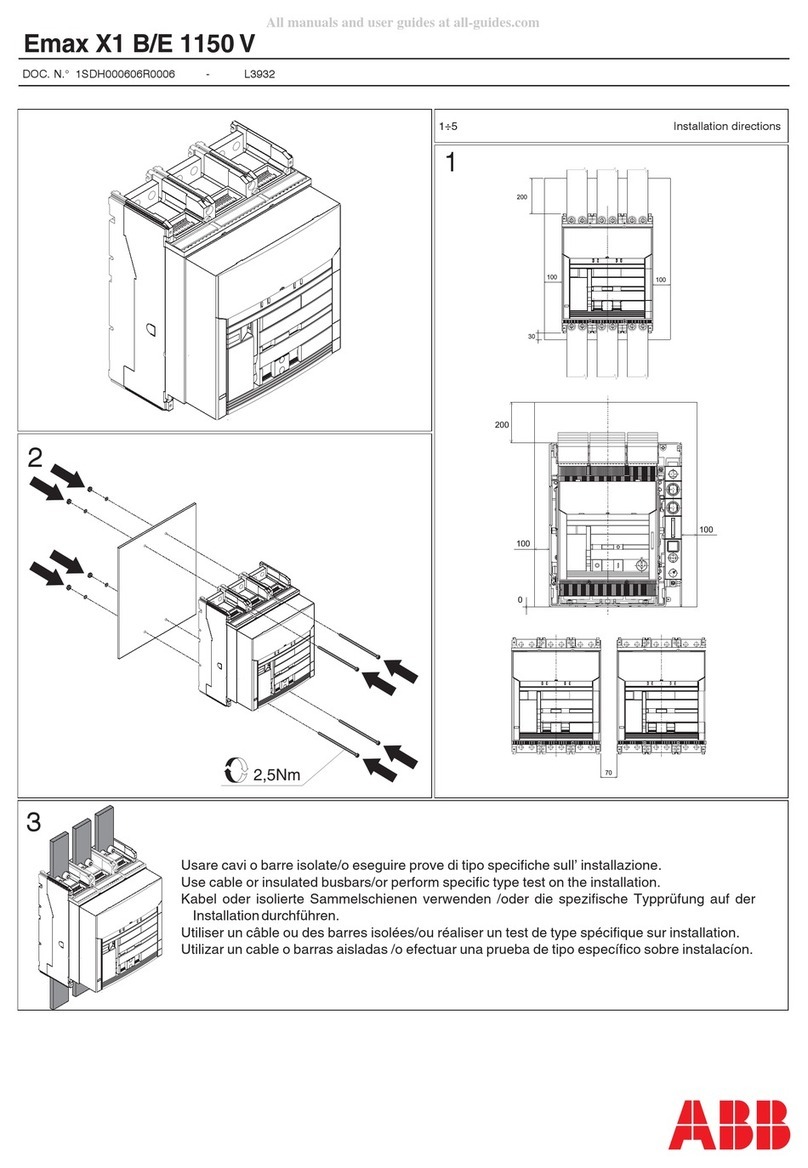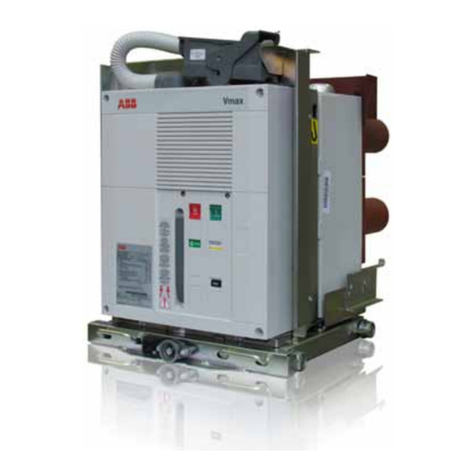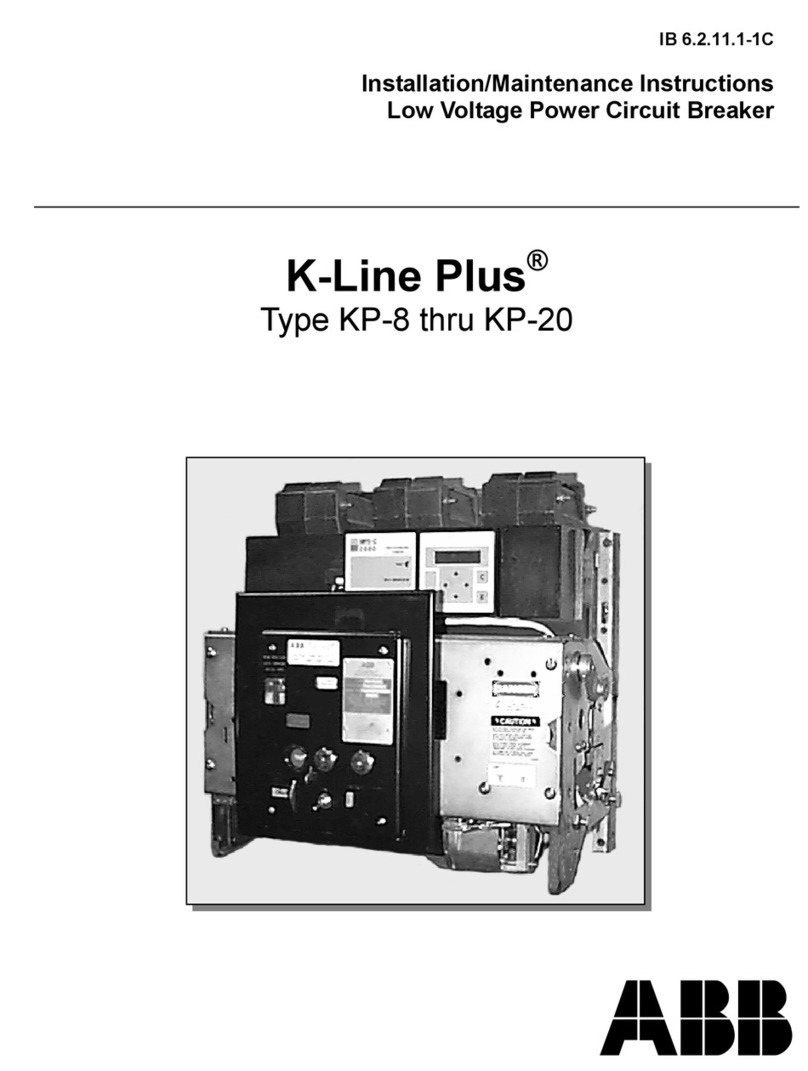ABB 15VHK500 User manual
Other ABB Circuit Breaker manuals
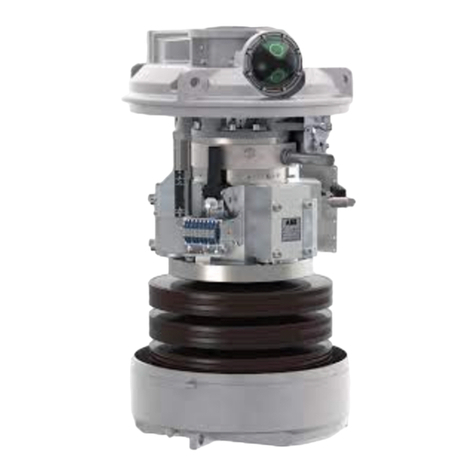
ABB
ABB Mechanism HMB-8 User manual
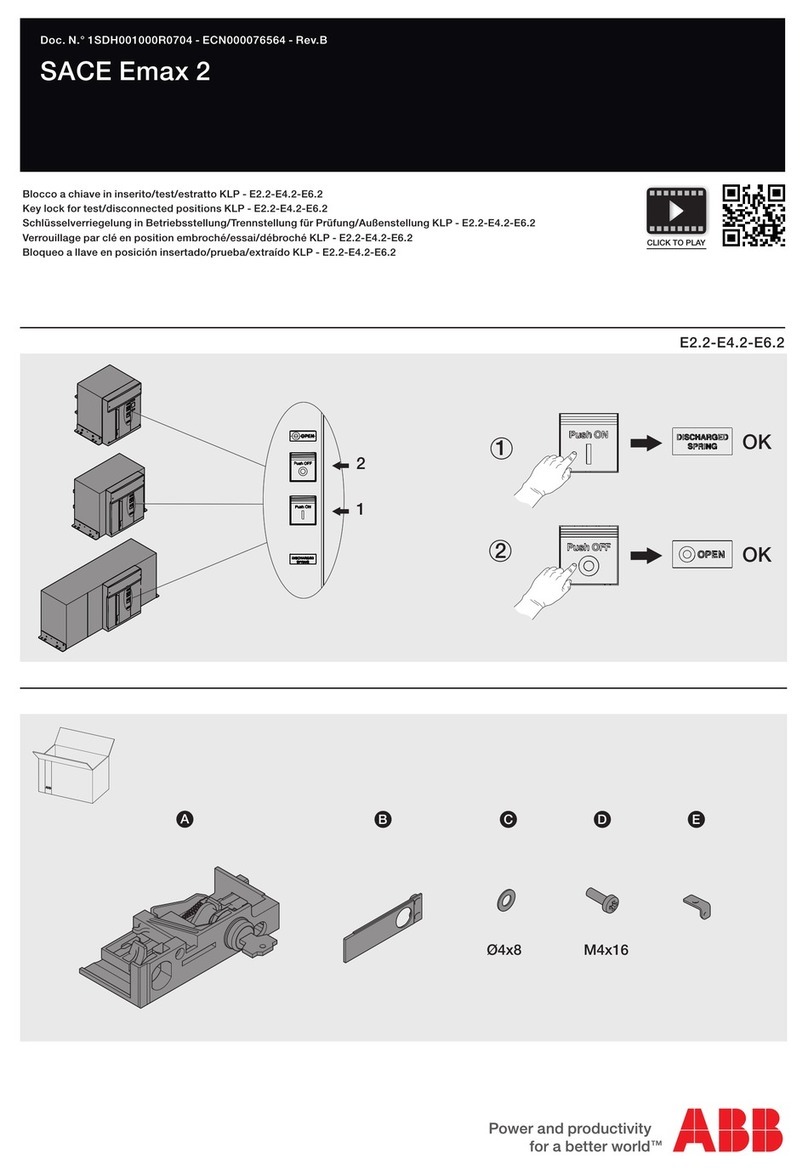
ABB
ABB SACE Emax 2 User manual
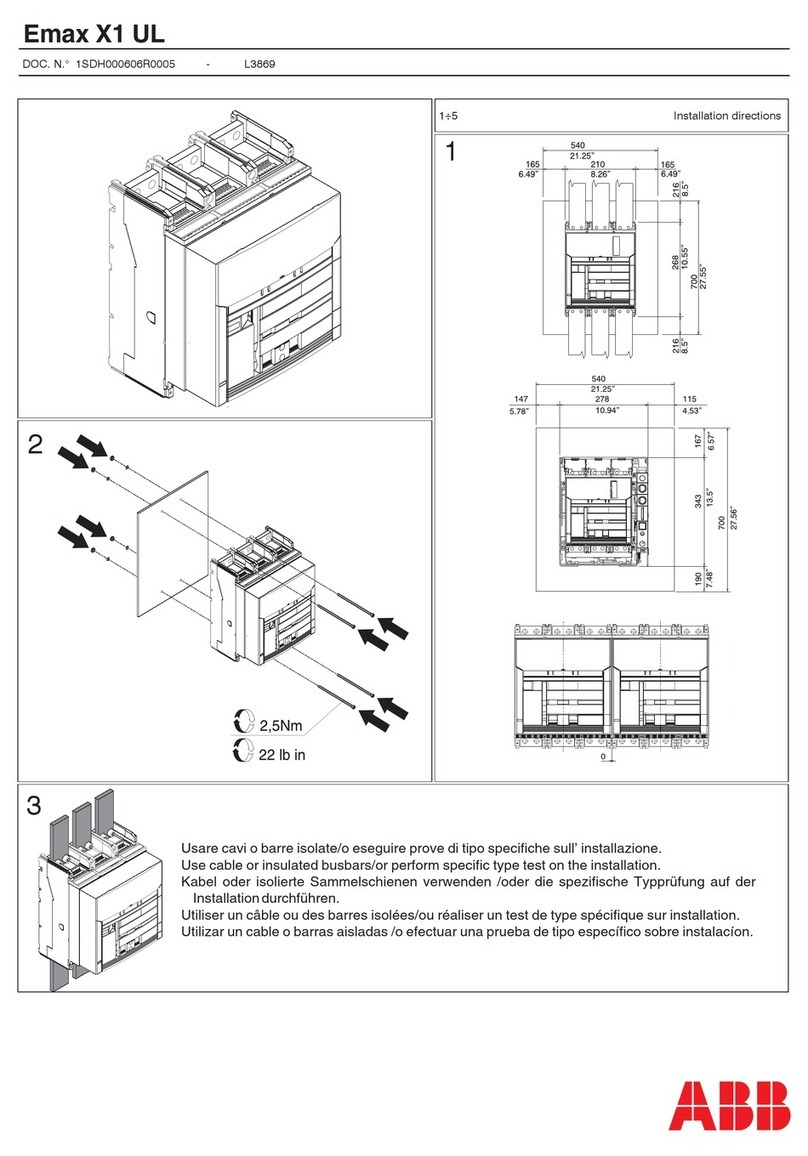
ABB
ABB Emax X1 UL User manual

ABB
ABB GE Power Break II GEH6271 User manual
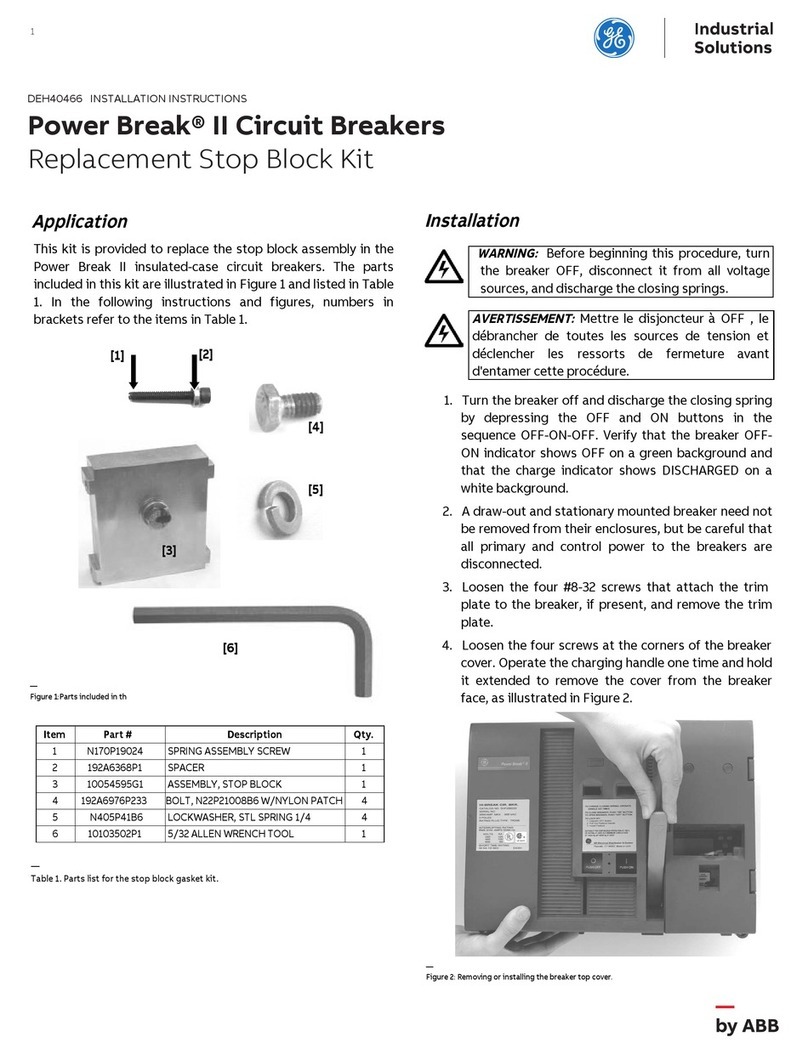
ABB
ABB GE Power Break II User manual

ABB
ABB ADVAC 38 User manual
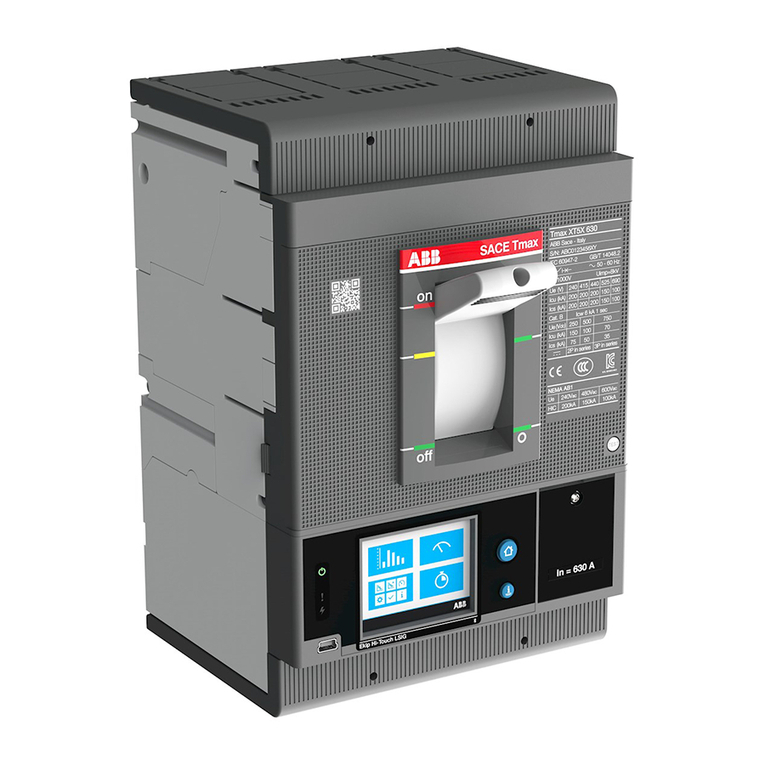
ABB
ABB SACE Tmax XT User manual

ABB
ABB SACE Emax E1 User manual
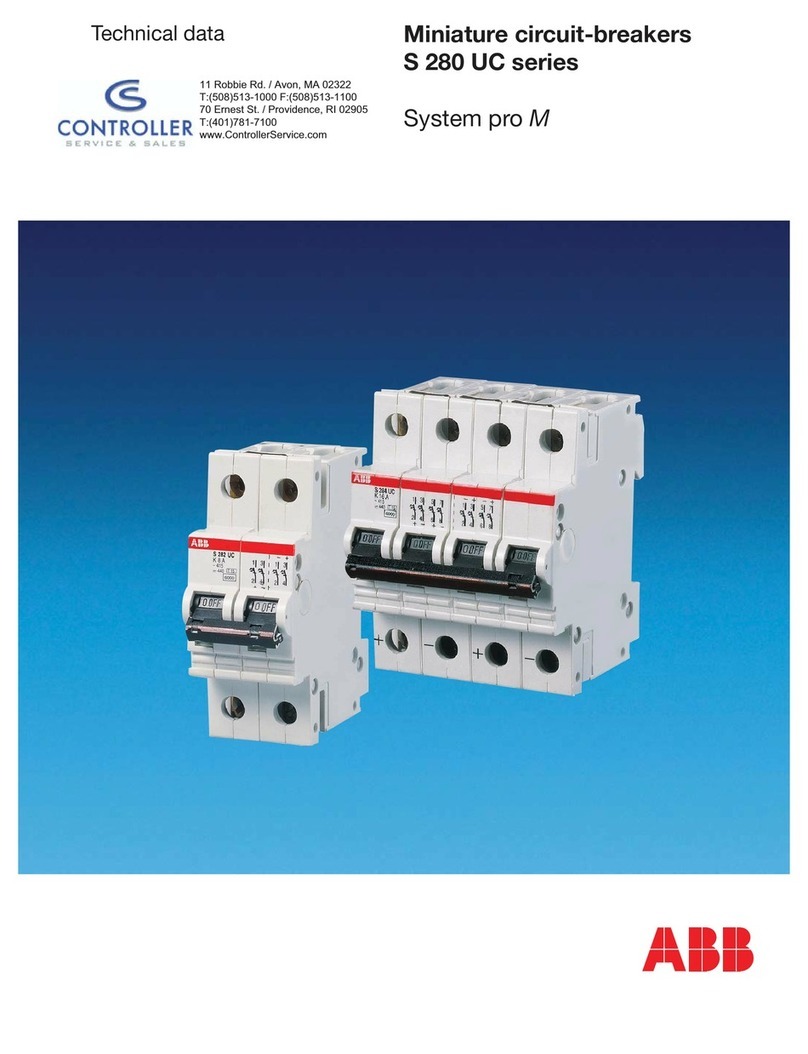
ABB
ABB S 280 UC Series Instruction manual
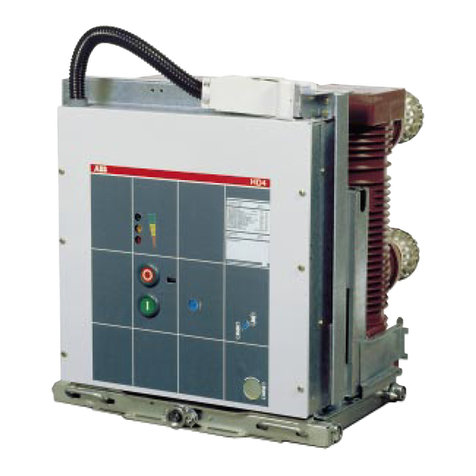
ABB
ABB HD4/ESB Series Quick guide

ABB
ABB SACE Tmax XT User manual
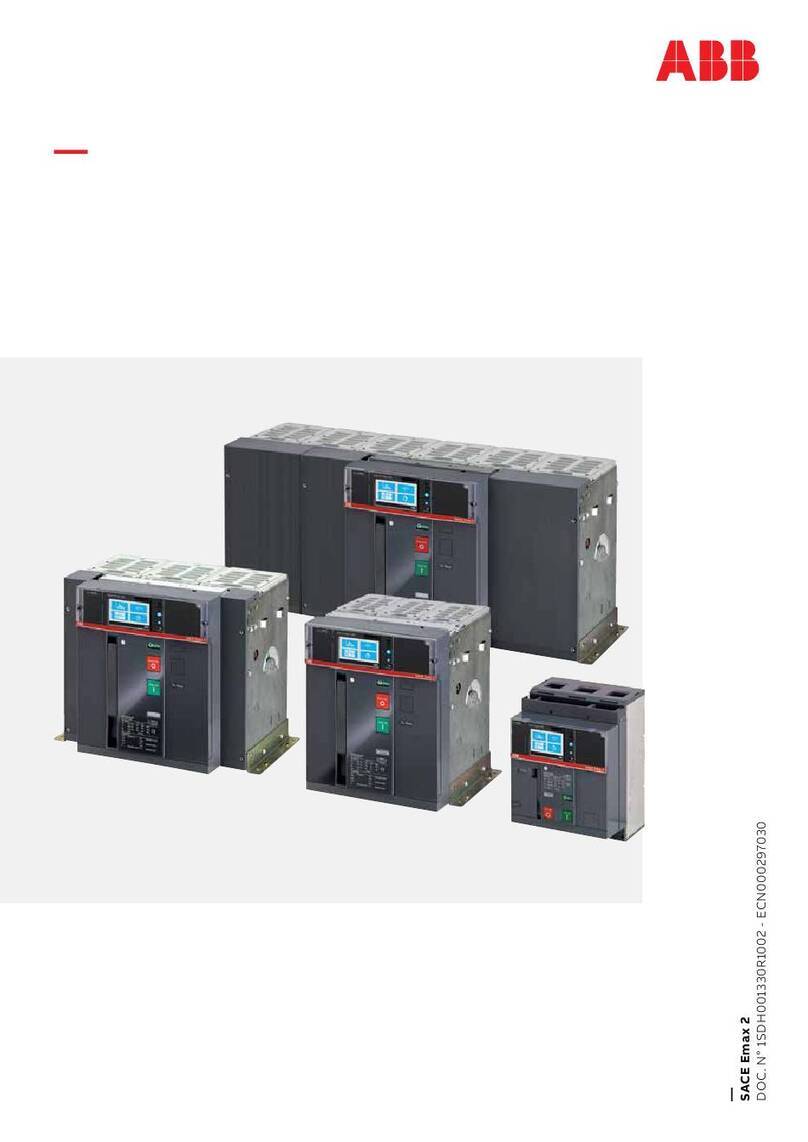
ABB
ABB SACE Emax 2 User manual
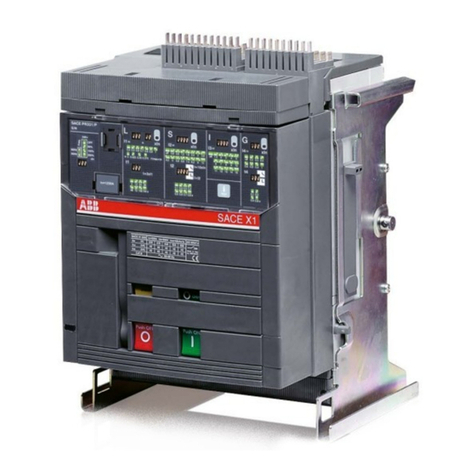
ABB
ABB T7-T7M-X1 User guide
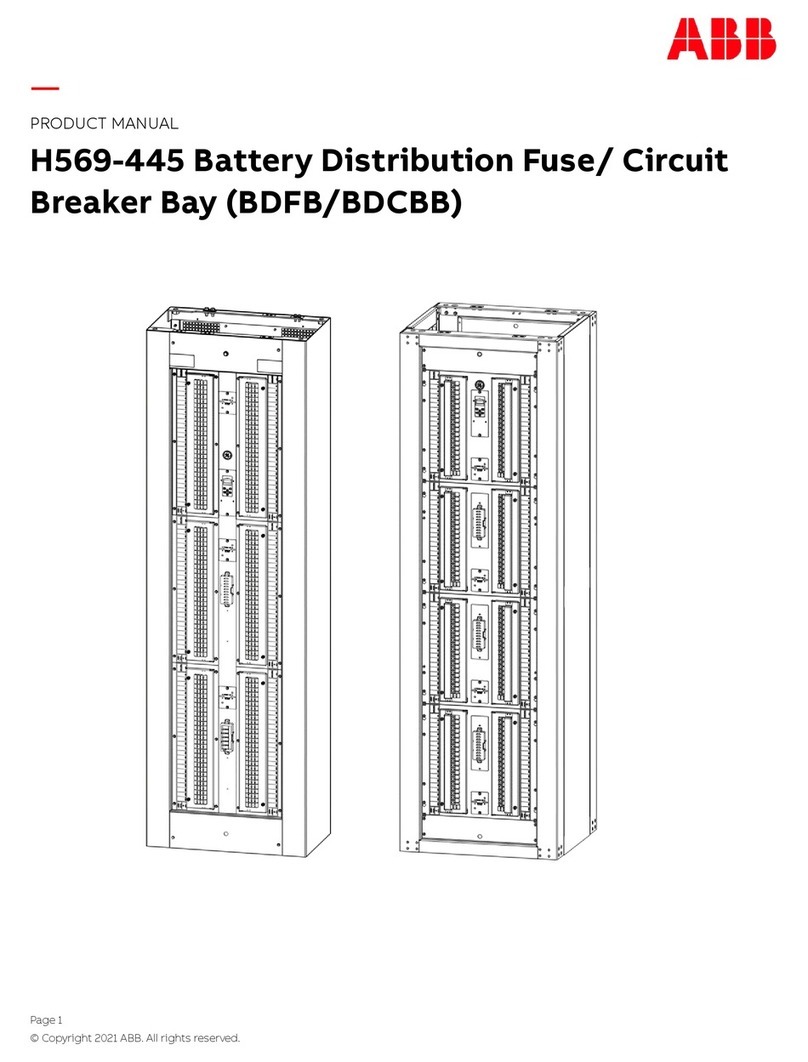
ABB
ABB H569-445 User manual

ABB
ABB SACE Tmax T6 User manual
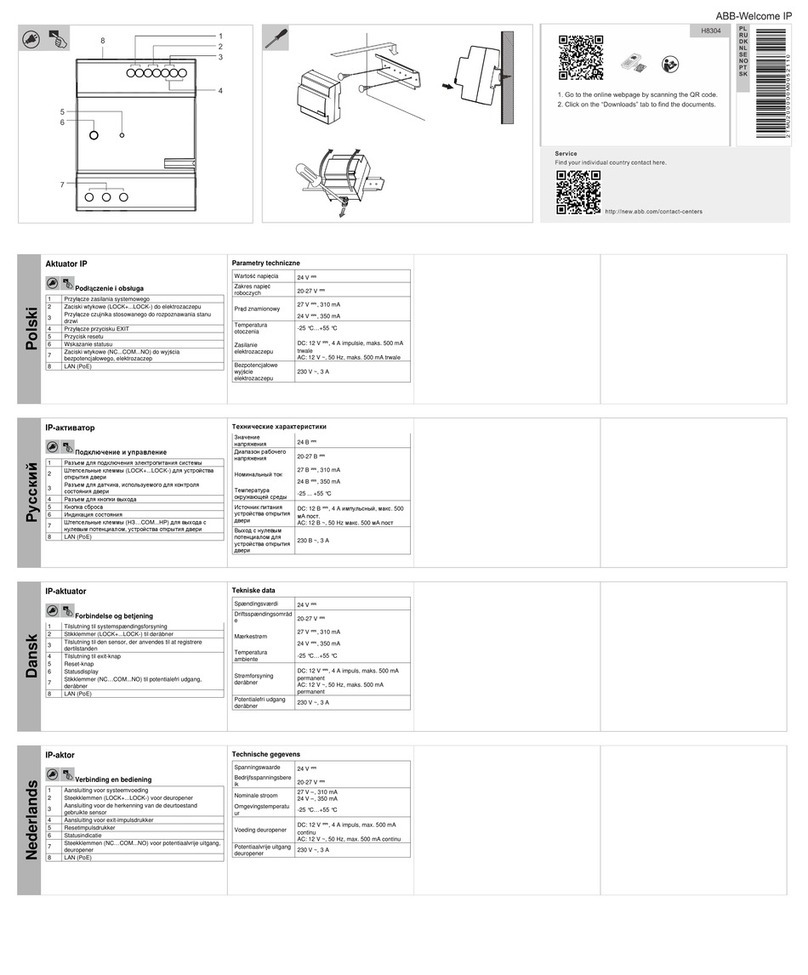
ABB
ABB H8304 User manual
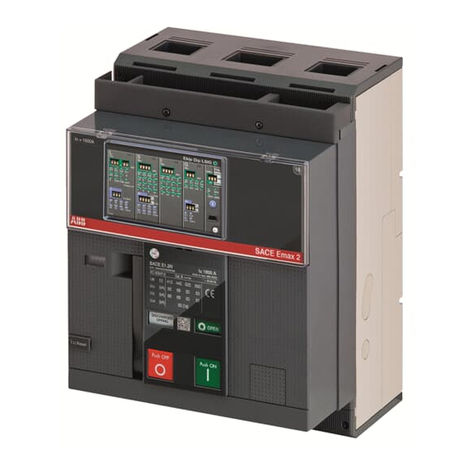
ABB
ABB SACE Emax 2 User manual
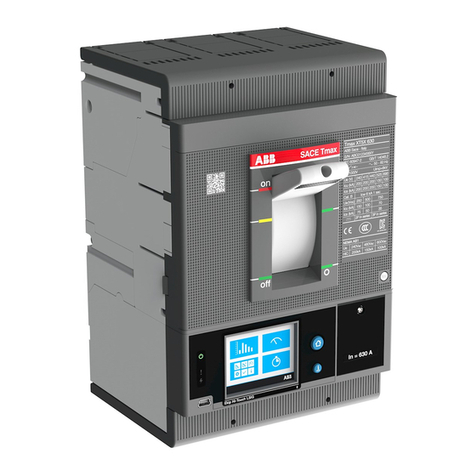
ABB
ABB SACE Tmax XT Series User manual
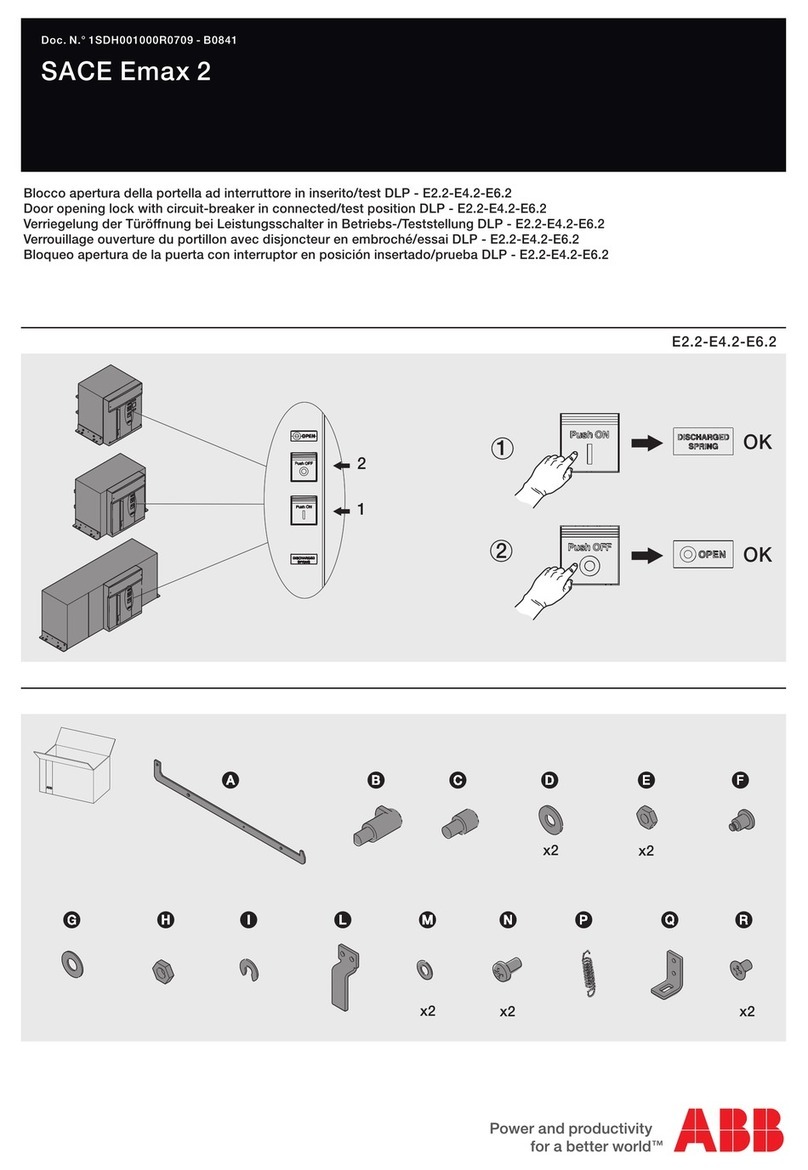
ABB
ABB SACE Emax 2 E2.2 User manual

ABB
ABB SACE Emax 2 User manual
Popular Circuit Breaker manuals by other brands

Eaton
Eaton Power Defense PDG2 Instruction leaflet
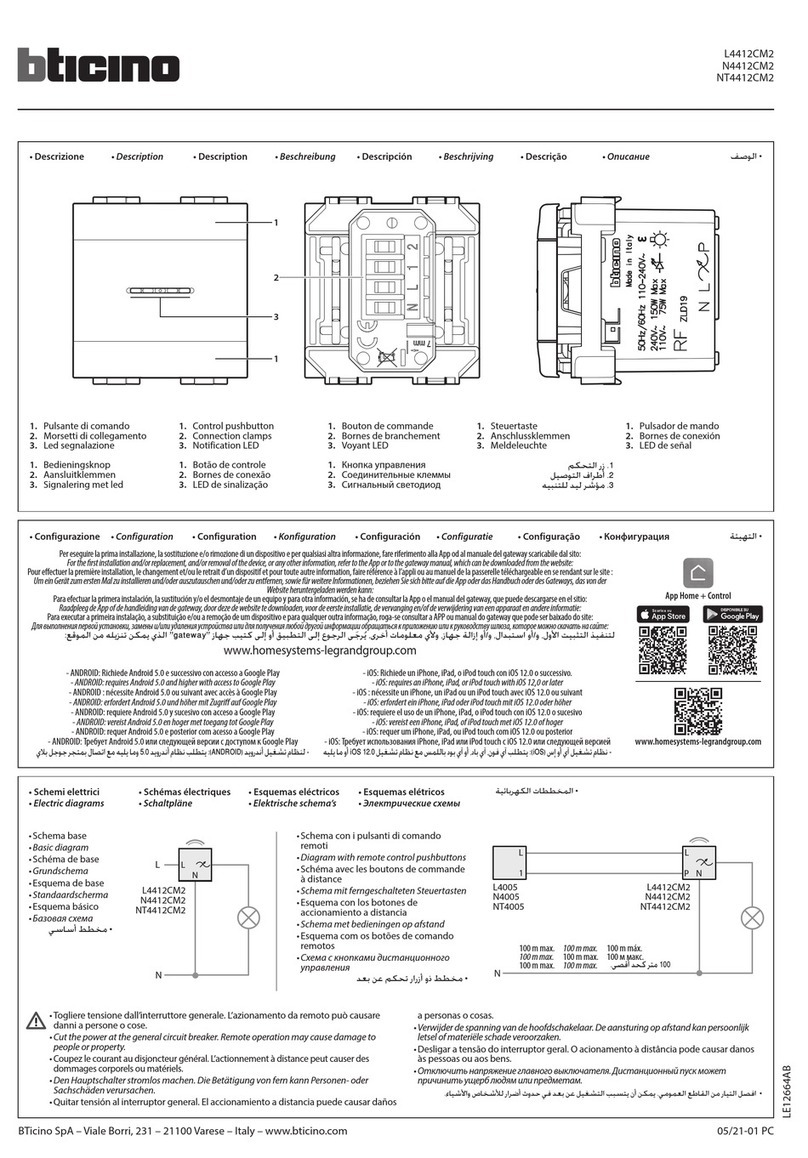
Bticino
Bticino L4412CM2 quick start guide

Eaton
Eaton S-T0 Instruction leaflet

OEZ
OEZ 3VA9-RS-4VBH1 Installation, service and maintenance instructions
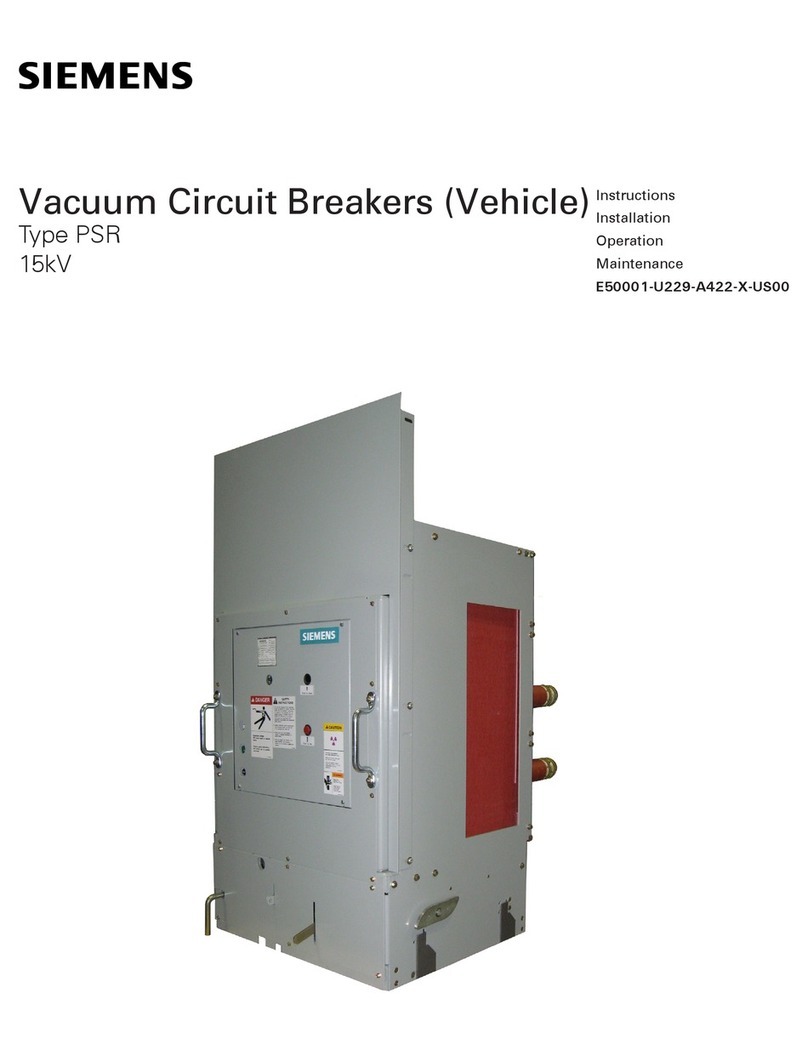
Siemens
Siemens PSR Instructions, Installation, Operation, Maintenance
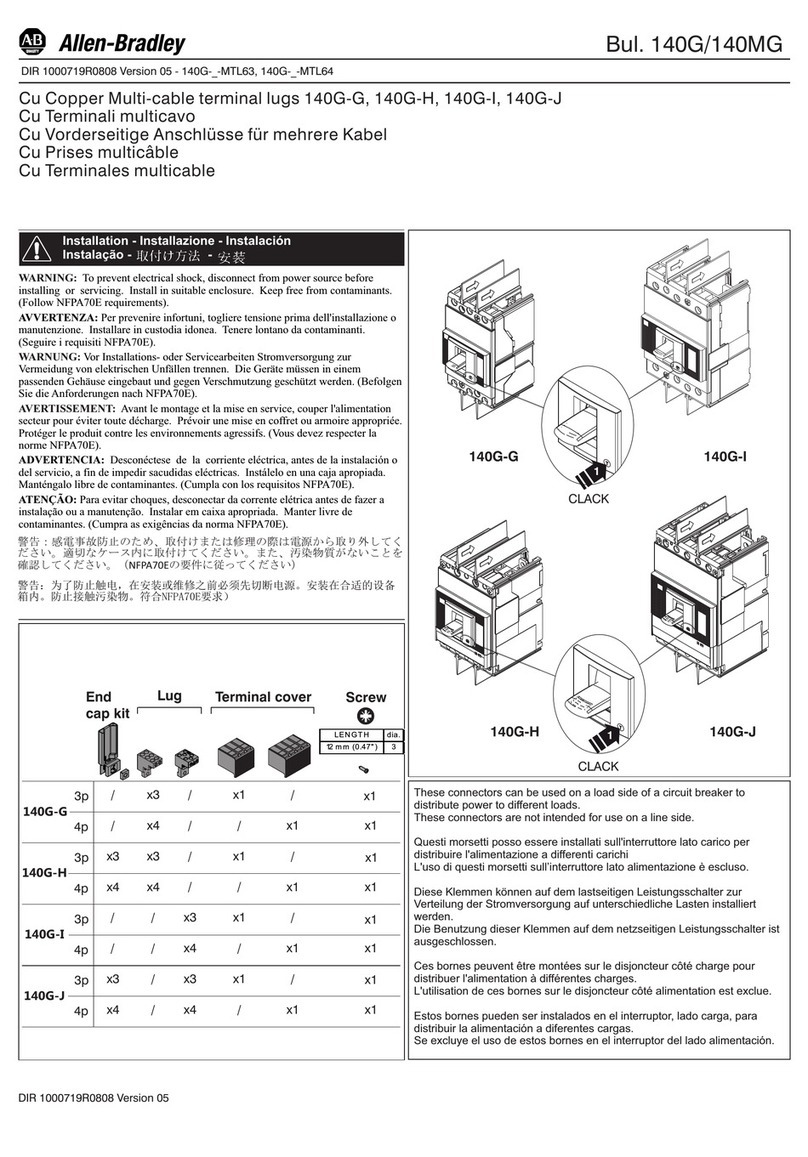
Rockwell Automation
Rockwell Automation Allen-Bradley 140G-G manual
